Common Name(s): Thinwin, khacho, ต้นสาธร (sathorn)
Scientific Name: Imbralyx leucanthus, very commonly listed as Millettia genus under older synonyms M. leucantha or M. pendula (see notes below)
Distribution: Southeast Asia
Tree Size: 50–65 ft (15–20 m) tall,
1–2 ft (.3–.6 m) trunk diameter
Average Dried Weight:AVERAGE DRIED WEIGHT
Density is the measurement of a wood’s weight per unit volume. Here, "dried weight" specifically refers to wood at 12% moisture content, and values are given in pounds per cubic foot and kilograms per cubic meter. Also keep in mind that density commonly varies by +/- 10% from the average.
Click on the link "Average Dried Weight" for more details. 69.4 lbs/ft3 (1,110 kg/m3) Very High WEIGHT TIERS
Extremely Low: 0+ kg/m3
Very Low: 420+ kg/m3
Low: 520+ kg/m3
Medium-Low: 620+ kg/m3
Medium: 730+ kg/m3
Medium-High: 840+ kg/m3
High: 960+ kg/m3
Very High: 1,080+ kg/m3
Extremely High: 1,200+ kg/m3
Tiers are based on CSIRO provisional strength groupings (SD1-SD8) based on density.
Janka Hardness:JANKA HARDNESS
This test measures a wood’s resistance to indentation, and is the pounds of force (or Newtons) required to embed a .444" (11.28 mm) diameter steel ball halfway into the wood. Values are for side grain, measured at 12% MC.
Click on the link "Janka Hardness" for more details. 2,760 lbf (12,300 N) High JANKA HARDNESS TIERS
Extremely Low: 0+ N
Very Low: 2,050+ N
Low: 3,150+ N
Medium-Low: 4,480+ N
Medium: 6,280+ N
Medium-High: 8,380+ N
High: 11,080+ N
Very High: 14,000+ N
Extremely High: 17,450+ N
Tiers are derived from CSIRO provisional strength classifications (SD1-SD8) in conjunction with the USDA's estimated hardness based on density.
Modulus of Rupture:MODULUS OF RUPTURE
Sometimes called bending strength, this test measures a wood’s strength before breaking (i.e., rupturing). Values are given in pounds of force per square inch and megapascals, measured at 12% MC.
Click on the link "Modulus of Rupture" for more details. 20,720 lbf/in2 (142.9 MPa) Very High MOR TIERS
Extremely Low: 0+ MPa
Very Low: 45+ MPa
Low: 55+ MPa
Medium-Low: 65+ MPa
Medium: 78+ MPa
Medium-High: 94+ MPa
High: 110+ MPa
Very High: 130+ MPa
Extremely High: 150+ MPa
Tiers are based on CSIRO strength classifications (SD1-SD8).
Elastic Modulus:MODULUS OF ELASTICITY
This test measures the wood’s level of deformation when under a given load. Higher values indicate less deformation (i.e., stiffer). Values are given in pounds of force per square inch and gigapascals, measured at 12% MC.
Click on the link "Elastic Modulus" for more details. 2,066,000 lbf/in2 (14.25 GPa) Medium-High MOE TIERS
Extremely Low: 0+ GPa
Very Low: 7.9+ GPa
Low: 9.1+ GPa
Medium-Low: 10.5+ GPa
Medium: 12.5+ GPa
Medium-High: 14.0+ GPa
High: 16.0+ GPa
Very High: 18.5+ GPa
Extremely High: 21.5+ GPa
Tiers are based on CSIRO strength classifications (SD1-SD8).
Crushing Strength:CRUSHING STRENGTH
Also called compression strength, this test measures the maximum stress sustained before failure. Force is applied parallel to the grain (producing stress akin to chair legs). Values are given in pounds of force per square inch and megapascals, measured at 12% MC.
Click on the link "Crushing Strength" for more details. 10,150 lbf/in2 (70.0 MPa) Very High CRUSHING STRENGTH TIERS
Extremely Low: 0+ MPa
Very Low: 30+ MPa
Low: 36+ MPa
Medium-Low: 41+ MPa
Medium: 47+ MPa
Medium-High: 54+ MPa
High: 61+ MPa
Very High: 70+ MPa
Extremely High: 80+ MPa
Tiers are based on CSIRO strength classifications (SD1-SD8).
Shrinkage:SHRINKAGE
These values represent the percentage change in radial and tangential faces of the wood—as well as the total (volumetric) shrinkage—as the moisture content goes from green (maximum) down to oven-dry (minimum), approximating the wood's stability with changes in humidity. T/R ratio helps to estimate the uniformity of the shrinkage across different wood faces.
Click on the link "Shrinkage" for more details. Radial: 4.3%, Tangential: 7.7% High SHRINKAGE TIERS
Very Low: 0%+
Low: 3.6%+
Medium: 5.1%+
High: 6.6%+
Very High: 8.1%+
Tiers are based on tangential shrinkage (green to oven-dry) from CSIRO shrinkage classifications (1-5).
Volumetric: 12.2%, T/R Ratio: 1.8
Color/Appearance: Heartwood is medium to dark reddish brown with thin dark stripes.
Grain/Texture: Coarse texture and a straight or slightly interlocked grain.
Rot Resistance: Rated as very durable.
Workability: Easy to work with both hand and machine tools. Turns, glues, and finishes well.
Odor: No characteristic odor.
Allergies/Toxicity: There have been no health effects associated specifically with thinwin, though this may be due to its relative obscurity. However, thinwin has been shown to contain a number of unique compounds in both the bark and heartwood,[1]Phrutivorapongkul, Ampai, et al. (2003). Studies on the chemical constituents of stem bark of Millettia leucantha: isolation of new chalcones with cytotoxic, anti-herpes simplex virus and … Continue reading[2]Rayanil, K. O., Bunchornmaspan, P., & Tuntiwachwuttikul, P. (2011). A new phenolic compound with anticancer activity from the wood of Millettia leucantha. Archives of pharmacal research, 34(6), … Continue reading and is likely to produce adverse reactions like closely related commercial Millettia species. See the articles Wood Allergies and Toxicity and Wood Dust Safety for more information.
Pricing/Availability: Seldom available in North America. Prices should be moderate when compared to other imported lumber.
Sustainability: This wood species is not listed in the CITES Appendices, and is reported by the IUCN as being a species of least concern.
Common Uses: A general-purpose lumber used for furniture, interior millwork, plywood, and flooring.
Comments: This species has been moved out of the Millettia genus into the Imbralyx genus.[3]SONG, Z. Q. (2021). New combinations and re-lectotypification in the genus Imbralyx (Fabaceae: Millettieae). Phytotaxa, 525(3), 228
Images: Drag the slider up/down to toggle between raw and finished wood.
Identification: See the article on Hardwood Anatomy for definitions of end grain features.
Porosity:POROSITY
Specifies the overall pore structure (ring-porous, semi-ring-porous, or diffuse porous), and notes if annual growth rings may still be seen even for diffuse porous hardwoods.
Click on the link “Porosity” for more details. diffuse porous; growth rings sometimes very subtly discernible due to thin marginal parenchyma bands interrupting the wider regular parenchyma bands
Arrangement:ARRANGEMENT
Describes the more individual pore arrangements found throughout the end grain surface, such as solitary, multiples, chains, clusters, etc.
Click on the link “Arrangement” for more details. solitary and radial multiples
Vessels:VESSELS
Describes the relative size and frequency of the pores (vessels), as well as any contents found in the pores, such as tyloses, colored mineral deposits, etc.
Click on the link “Vessels” for more details. very large, few to very few; whitish yellow heartwood deposits occasionally present
Parenchyma:PARENCHYMA
Describes the pattern(s) of the parenchyma cells seen on the endgrain, such as vasicentric, aliform (winged or lozenge), confluent, and banded.
Click on the link “Parenchyma” for more details. banded (medium-wide), marginal (usually thinner)
Rays:RAYS
Describes the relative width and frequency of the rays (appearing as thin vertical lines on the endgrain), as well as a note on if these rays are visible with/without magnification.
Click on the link “Rays” for more details. narrow width, normal spacing; rays not visible without magnification
Lookalikes/Substitutes: Wenge and panga panga.
Notes: The parenchyma bands on thinwin are very closely spaced—approximately 75-90 bands per inch. (The sample pictured here, representing a half an inch in thickness, appears to have just over 40 such bands on the 1x magnification image, equal to roughly 80+ parenchyma bands per inch.)
(Species)
(Authority)
Related Species: This species has formerly been in Millettia, and is still in the broader Millettieae tribe. There aren't any other commerical lumber species in the Imbralyx genus; Millettia species are listed below for reference.
Related Content:
References[+]
| ↑1 | Phrutivorapongkul, Ampai, et al. (2003). Studies on the chemical constituents of stem bark of Millettia leucantha: isolation of new chalcones with cytotoxic, anti-herpes simplex virus and anti-inflammatory activities. Chemical and Pharmaceutical bulletin, 51(2), 187-190. |
|---|---|
| ↑2 | Rayanil, K. O., Bunchornmaspan, P., & Tuntiwachwuttikul, P. (2011). A new phenolic compound with anticancer activity from the wood of Millettia leucantha. Archives of pharmacal research, 34(6), 881-886. |
| ↑3 | SONG, Z. Q. (2021). New combinations and re-lectotypification in the genus Imbralyx (Fabaceae: Millettieae). Phytotaxa, 525(3), 228 |

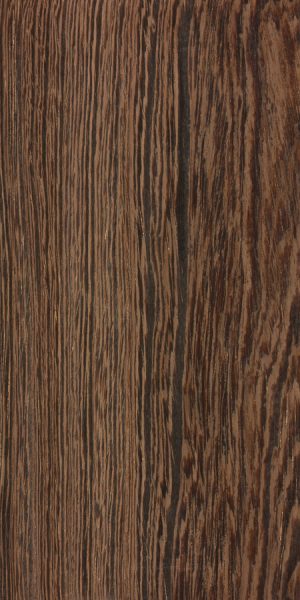
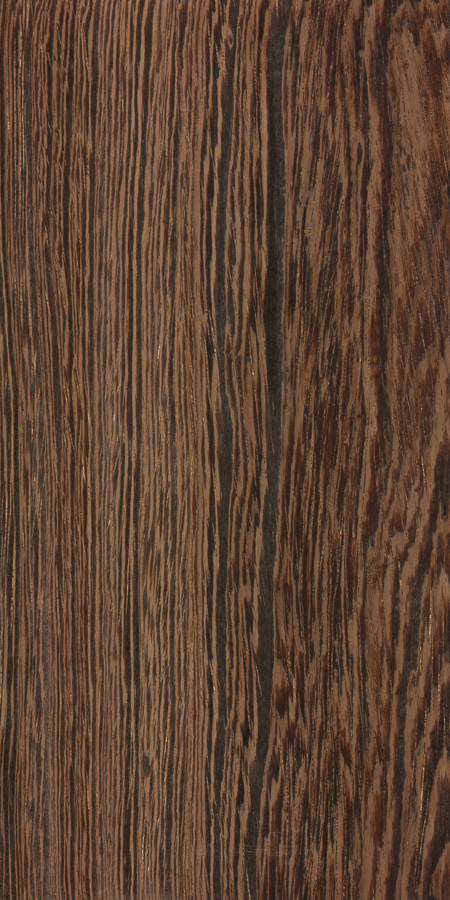
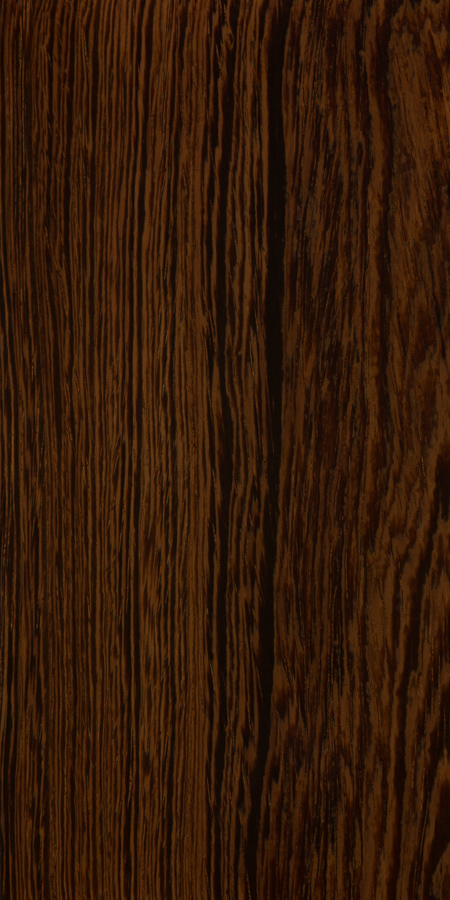

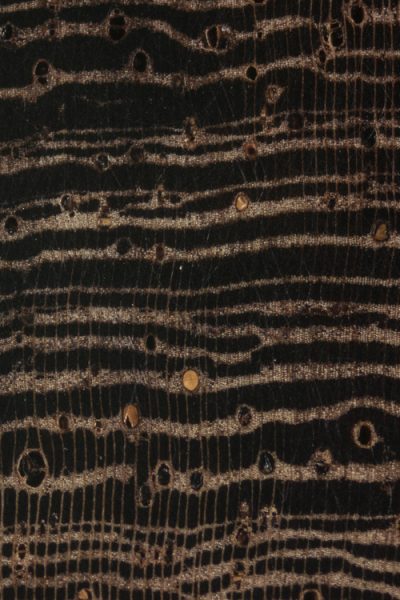

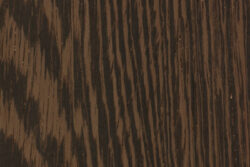
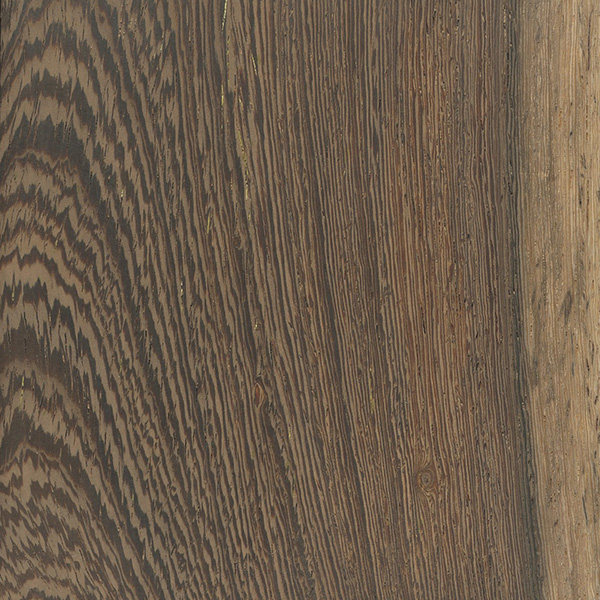
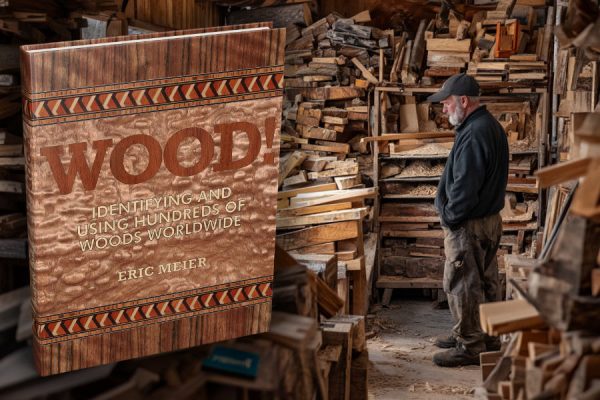

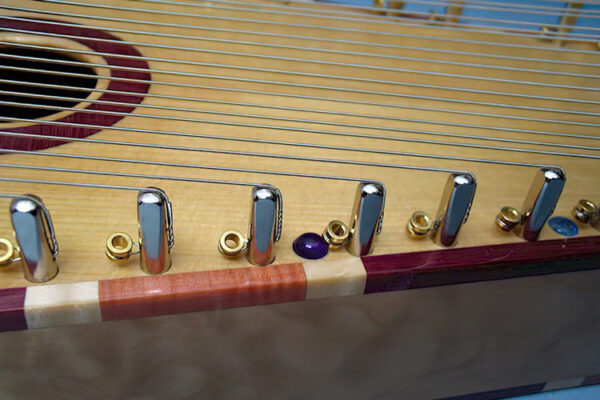
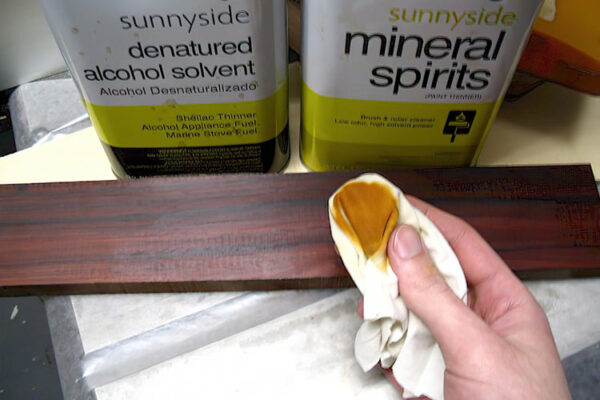
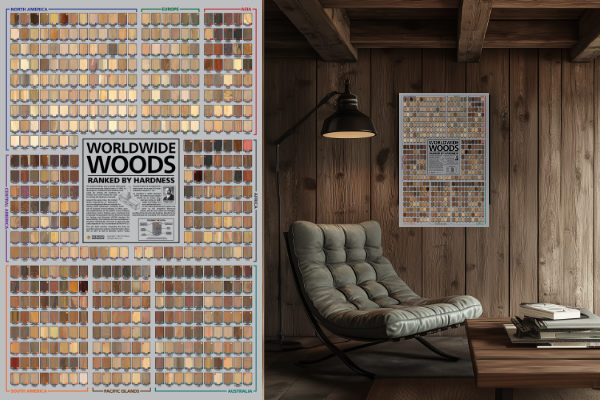
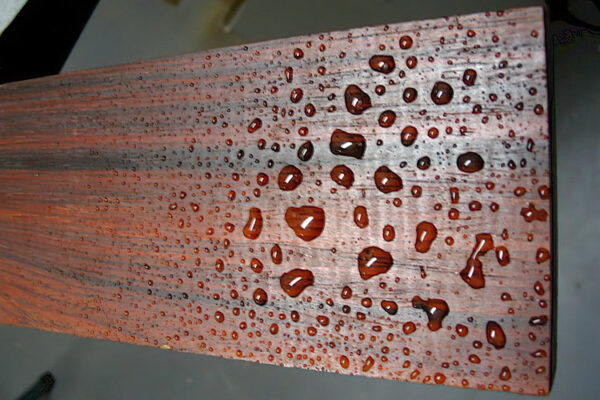
Something really interesting about this wood is that when you cut it open, it is a very bright yellow color (usually with a few dark purple streaks), but after about 2 weeks will have darkened to a deep, dark, purplish-black. I’ve never seen a sharper change in color in such a short time period than with this wood. It’s so unexpected (when you cut it open) that I’ve seen some people think at first that they didn’t receive true Thinwin, but rather some other wood with a dark stain on the outside. But after a week or two you’ll see… Read more »